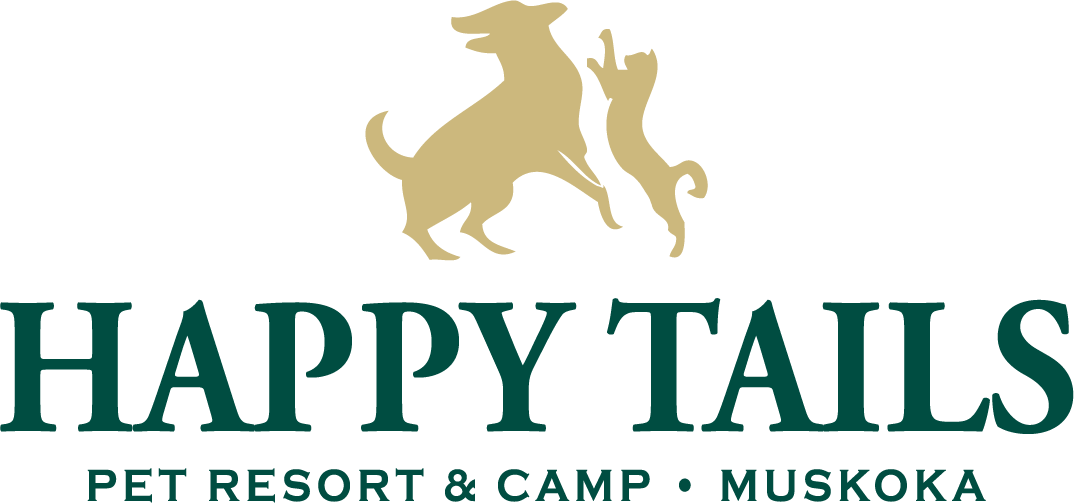From Wolf to Woof: How Dogs Became Family
Every time your dog flops belly-up for a rub, steals your socks, or gazes at you like you hung the moon, it’s hard to imagine they descended from wolves. Yet here we are, sharing couches, leftovers, and deep emotional bonds with animals that were once feared as predators.
So how did this happen? How did sharp-toothed, wild-hearted wolves transform into snuggly Labradoodles and drama-queen Dachshunds?
Let’s rewind 15,000 to 30,000 years.
The most widely accepted theory is that wolves began to drift toward human campsites, scavenging for leftovers. The bold ones who weren’t as skittish around humans got the best scraps. Over generations, these more social wolves became more distinct from their wild cousins. They were gentler, more curious, more likely to stay close to us instead of running away. These early proto-dogs were not tamed by force. They evolved alongside us because it benefited both sides.
Eventually, humans and dogs formed a partnership. Dogs helped with hunting, warned of danger, and warmed our feet. We, in turn, gave them food, safety, and a place in the pack. That emotional bond was key. Recent studies have found that when dogs and humans make eye contact, both release oxytocin, the same hormone that bonds babies with their parents. That’s why your dog stares into your soul when you talk to them. It’s biology. And it’s love.
As time went on, humans began selectively breeding dogs for different jobs, like herding, guarding, retrieving, rat-catching, lap-warming. This is why we now have over 400 recognized dog breeds, ranging from 2-pound teacup Yorkies to 200-pound Saint Bernards. All of them descend from wolves, and all of them (yes, even your precious Pomeranian) still carry some of that ancient wolf DNA.
But here’s the most heartwarming part: domestication didn’t just change the dog. It changed us, too.
Living with dogs made humans more cooperative. Dogs helped early people hunt more successfully, which meant more food and stronger communities. Dogs taught us about empathy and non-verbal communication. They nudged us toward a more social, connected way of living. We literally evolved together.
Today, our dogs may not be hunting elk or guarding our caves, but they are still doing something extraordinary. They are helping us feel less alone. They are keeping us present. They are making our lives a little messier, a little sillier, more active, and a whole lot more joyful.
At Happy Tails, we see that sacred bond every day. We see your bonds at drop-off time, when you say your “bye for now’s,” and again at pick-up, when you reunite after your dog’s playday or vacation. We see it in the friendships formed between dogs, and between people brought together by dogs. And we feel so lucky to be part of that evolution, a place where dogs are still free to be wild dogs, even as they sleep on orthopedic beds and sip from automatic waterers. ;)
So the next time your dog does something goofy, like zoomies in the living room or barking at their own reflection, just remember: you are witnessing thousands of years of history, and a whole lot of love.
The Happy Tails Team



